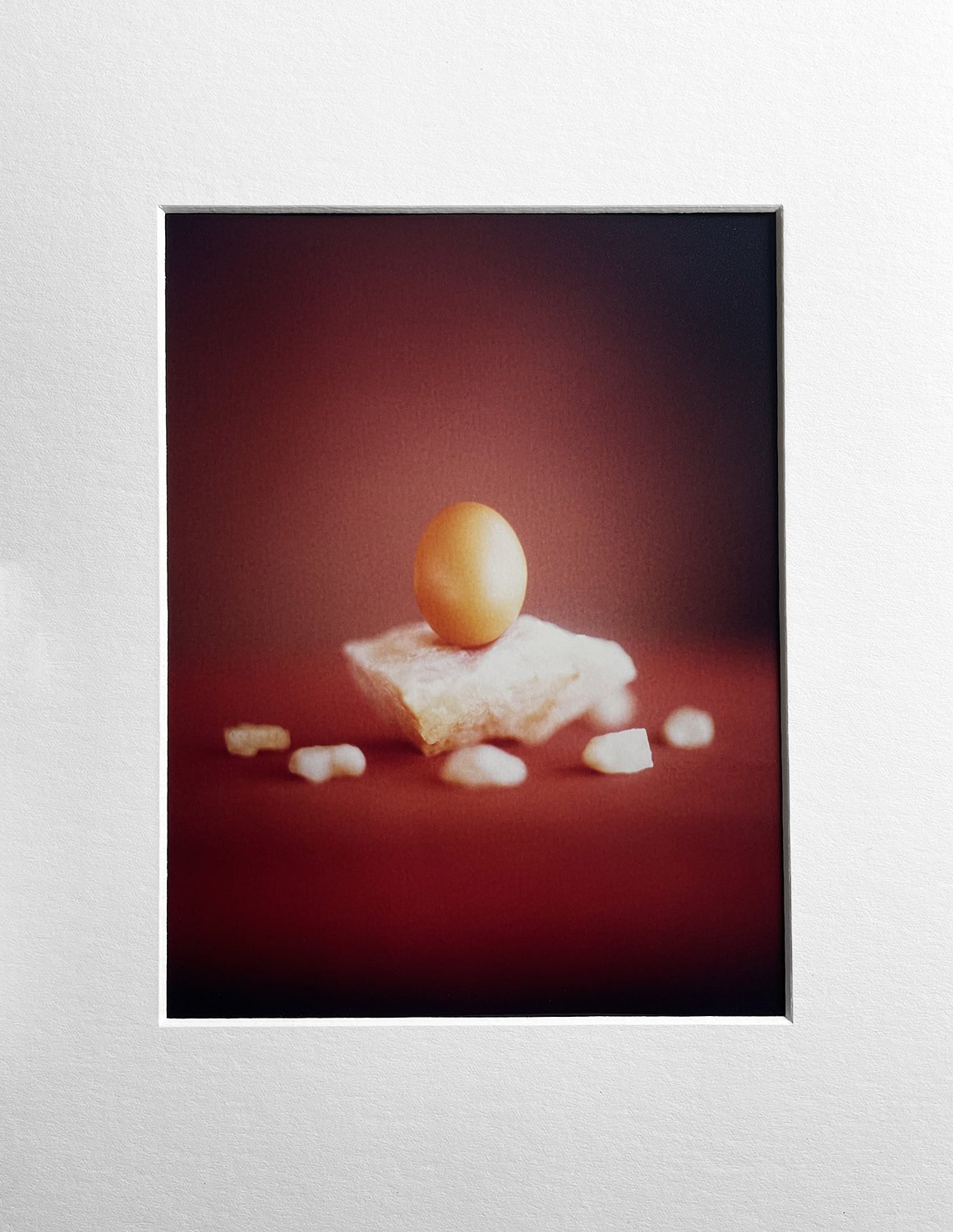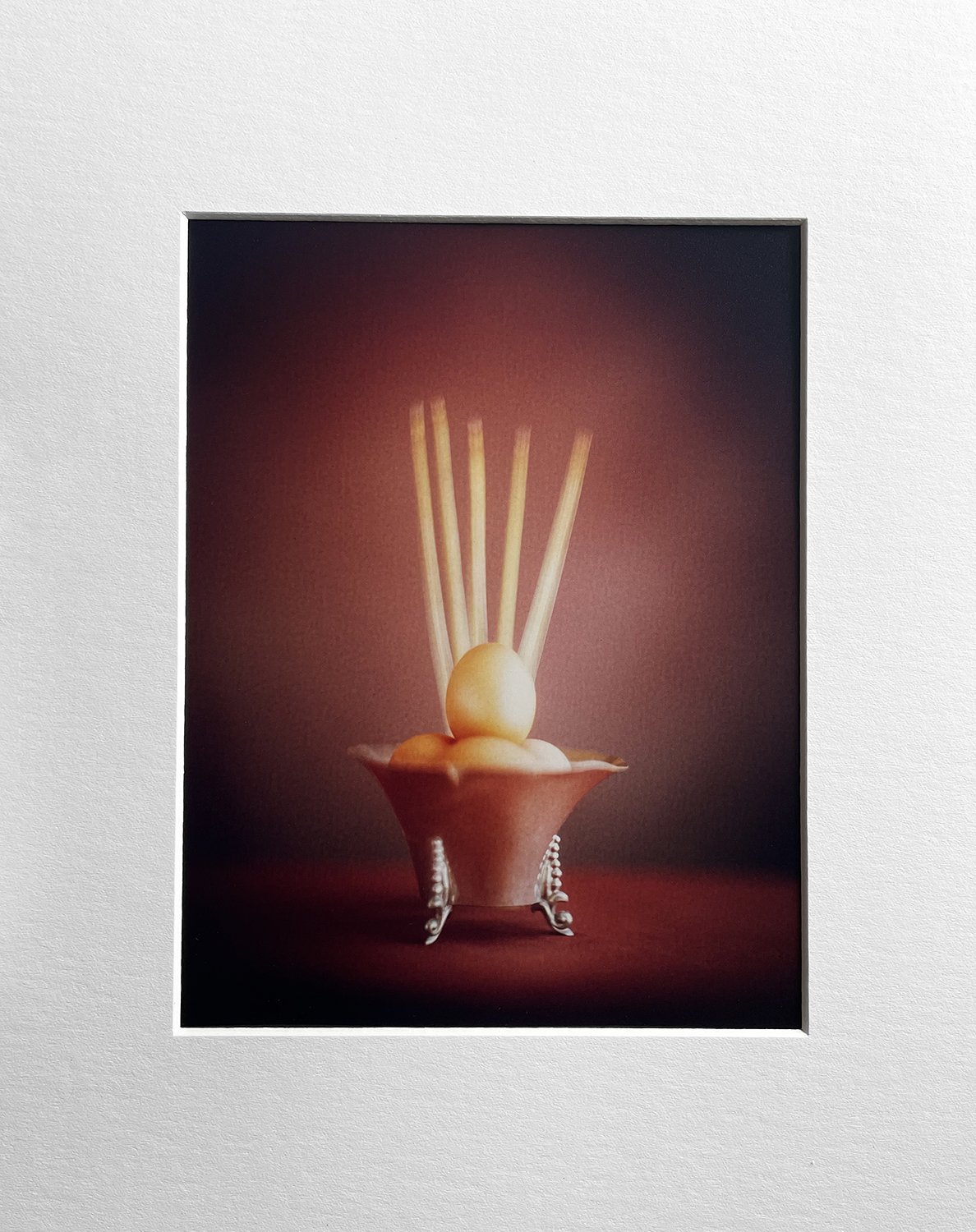Reading through The Worm at the Core brings awareness to so many other ideas and extensions of these theories. I’ve been getting into Martin Heidegger and his ideas lately. His book (a set of lectures), “Being and Time” is available on archive.org. Forewarning: It’s a difficult book to read. It’s dense, and I don’t understand a lot of it. It was originally written in German, and the translator claimed that it was very difficult to translate into English (some say it’s impossible to translate). He was an extraordinary thinker—way beyond my capabilities to understand. There are some “nuggets” in the book. One of them, pointed out by Sheldon Solomon, is the quote in this essay. That’s what I’m most intrigued by.
Having lived in Germany and having a basic understanding of the language, the word “angst” is used a lot in his writing. I’ve always understood the word to mean “fear.” Most translate it to “anxiety.” What it really means is a feeling of uneasiness, or "dis-ease," or a feeling of not “being at home” (not in the literal sense of home, but psychologically). Heidegger gives a clear and compelling solution to overcoming, or at least coming to terms with, death and death anxiety. Kierkegaard offered a solution of taking a “leap into faith,” and Heidegger offers the same idea, but instead of faith, he says, “take a leap into life.” You can read the deconstruction of his philosophy below.
Another thing that I’ve been giving thought to is a “flowchart” of terror management theory. Breaking it down into a simple, line-by-line evolution of what happens to human beings in life as it applies to coping with the knowledge of death:
You were born.
You cry, scream, and shake; miraculously, a “deity figure(s)" (parents or caregivers) appears and your diaper is changed, you’re fed, or you're cuddled. Life is good.
You grow older and lean on your parents or caregivers for psychological security as well as all of your Maslow needs (shelter, food, warmth, etc.).
You grow through childhood and the teenage years, learning how to bolster your self-esteem. Your parents or caregivers provide the framework and reward for this. For example, when you learn to use the toilet, “Good boy or girl!” You earn top grades on your schoolwork. “Great job!” You go to the school prom, and everyone says, “You look so pretty or handsome!” This bolsters your self-esteem; you feel significant and have meaning in your life. Death anxiety is held at bay.
You learn how to respect and honor your country or tribe (Americans put their hands over their hearts and say “the pledge of allegiance”) and the important symbols from your culture: a flag, a cross, a star, a uniform, etc.
You attend religious services with your parents and learn how to be a “good person” and how to achieve immortality through a religion; this provides psychological security and buffers death anxiety. You know that you will never really die! Life is meaningful, and I have a purpose; my religion says so!
You separate from your parents or caregivers as a young adult. Now, you look to your culture for the same psychological security that your parents or caregivers provided.
You quickly learn what your culture rewards and what it doesn’t. This is how your cultural worldview is established and maintained. For example, you might belong to a particular religion you strongly believe in or a political group you adamantly embrace. You might get a promotion at your job, be recognized as “employee of the month,” get a degree from higher education, earn a lot of money, drive a fancy car, live in a big house, get a lot of “likes” on social media, etc. These all provide self-esteem for you. Self-esteem buffers death anxiety. It’s kept repressed and buried deep in your unconscious. In fact, some of you reading this will proclaim, “What are you talking about? This doesn’t apply to me; I don’t think about death!” Exactly. See how well it works? When you’re ensconced in your cultural worldview, it will keep thoughts of death repressed, at least for the most part.
You go through life wrapped in the illusions that your culture provides—religion, community, politics, relationships, etc. They give you a feeling of significance in a meaningful world (psychological security). This keeps existential anxiety at bay, for the most part.
You are, at this point, a culturally constructed meat puppet.
If you are one of the unlucky ones or live in a culture that either doesn’t provide ways for you to bolster your self-esteem or that offers ways that are unattainable for the average person, i.e., not everyone can be a movie star, a rock star, a professional athlete, or the president of the United States, this can, and often does, extend to physical appearance as well. If you’re not thin (especially women) and stay young forever, the culture can be harsh and not only prevent you from getting self-esteem, it will point out your faults and shortcomings: you’re fat, you’re old, you're the wrong color, you have wrinkly skin and gray hair, etc.
When a person cannot find ways to bolster their self-esteem, they will often turn to drugs, alcohol, eating, shopping, narcissistic behavior, social media, and different kinds of risky behaviors. The 19th-century philosopher Soren Kierkegaard called this “tranquilizing with the trivial.” One of the reasons the United States has such a high rate of drug abuse, depression, anxiety, and deaths of despair, including those that die by suicide, is because the culture sets standards for attaining self-esteem that are not attainable for the average American.
According to Martin Heidegger, if one ceases to numb oneself to the knowledge of one's own mortality, known as "flight from death," and instead undergoes what he termed a "turning," they may discover a newfound sense of ease with death anxiety and the inherent truths of the human condition. This turning leads to a greater appreciation for life's simple yet profound pleasures, such as recognizing the beauty in virtuous individuals, the finite nature of humanity, the majesty of nature, or even something as seemingly mundane as a refreshing breeze on a sweltering day.
Both Frederick Nietzsche and Ernest Becker discussed the concept of the "authentic man" in their respective philosophical works.
Nietzsche believed that the authentic man was one who lived according to his own values and ideals, rather than those imposed upon him by society or tradition. For Nietzsche, the authentic man was a "free spirit," unencumbered by conventional morality or religious dogma. He argued that the authentic man was capable of creating his own values and living a fulfilling life, rather than being constrained by the values of others.
Becker, on the other hand, believed that the authentic man was one who had come to terms with his own mortality and the inevitability of death. He argued that in order to live a meaningful life, one must confront the reality of death and the limitations of human existence. For Becker, the authentic man was one who had overcome the fear of death and embraced life fully, without illusions or delusions.
In both cases, the authentic man is someone who is true to himself and lives a life that is genuinely his own. Nietzsche emphasizes the importance of individuality and creativity in this process, while Becker emphasizes the importance of confronting one's mortality and accepting the limitations of human existence. This is the antithesis of a culturally constructed meat puppet.
Culturally Constructed Meat Puppet
The Terror Management Theory (TMT), which is based on Becker's ideas, suggests that individuals cope with the inevitability of death by developing their self-esteem and identifying with their cultural group. This allows them to feel significant and have a sense of purpose and meaning in their lives.
However, there is a risk associated with this approach, as individuals may become "culturally constructed meat puppets" who are entirely dependent on their roles and conform to cultural standards for their sense of self-worth.
Becker's theory also explains why people tend to fear and dislike those who hold different beliefs or belong to different groups. When reminded of their mortality, people often become more strongly identified with their own groups and view outsiders as the embodiment of evil. This can result in animosity and even violence toward those who are different.
The idea of a “culturally constructed meat puppet” is meant to highlight the tension between our biological nature and our cultural aspirations. On the one hand, we are flesh-and-blood creatures that are subject to the laws of nature. On the other hand, we are aware that we need to create meaning and purpose through our engagement with our culture.
Are you a culturally constructed meat puppet? Humans are like hamsters on a wheel, spinning around and around and going nowhere—or like Sisyphus pushing the rock up the mountain only to have it roll back down over and over again. We do these things every day to distract ourselves from the knowledge of death. Beware of insatiable desires—money and stuff.
Martin Heidegger
Martin Heidegger (1889–1976) was a German philosopher who is widely regarded as one of the most important and influential philosophers of the 20th century. He is known for his highly original and complex philosophy, which deals with a wide range of topics including ontology (the study of being), phenomenology, hermeneutics (the study of interpretation), and existentialism.
Heidegger's most famous work is Being and Time, published in 1927, which is widely regarded as one of the most important philosophical works of the 20th century. In this book, Heidegger explores the nature of human existence and the relationship between being and time. He argues that human beings are fundamentally "thrown" into the world, meaning that we find ourselves in a particular time and place, and we must make sense of this situation through our own existence.
Heidegger's philosophy is highly influenced by his interest in ancient Greek philosophy as well as his experiences living in Germany during the 20th century. His political views, which included membership in the Nazi party in the early 1930s, have been the subject of controversy and criticism, but his philosophical ideas continue to be studied and debated by scholars and philosophers around the world.
“Turning away from a flight from death, you see a horizon of opportunity that puts you in a state of anticipatory resoluteness with solicitous regard for others that makes your life seem like an adventure perfused with unshakeable joy.”
This quote is a reflection of Martin Heidegger's philosophy, which places great emphasis on the concept of "being toward death." For Heidegger, death is not simply an event that happens to us at some point in the future but rather an essential aspect of our being. In other words, our mortality is not something we can escape or ignore; it is a fundamental part of who we are.
The quote suggests that if one confronts their mortality and does not try to flee from it, they may see a horizon of opportunities that can give their life a sense of purpose and direction. By embracing the inevitability of death, one can live with a sense of "anticipatory resoluteness," meaning that they are ready and willing to face whatever challenges come their way.
Additionally, Heidegger suggests that this attitude should be accompanied by "solicitous regard for others," meaning that we should also be concerned with the well-being of those around us. By living with this kind of awareness and consideration for others, one's life can become an "adventure perfused with unshakeable joy," filled with meaning and purpose.
Heidegger's quote highlights the importance of confronting our mortality and living with a sense of purpose and concern for others. It's a beautiful idea that everyone should work toward. The first step is to understand the true nature of your condition, without doing that, nothing changes.


















